The Rocky Mountain Bighorn sheep is a native species of sheep in North America, they was founded first in British Columbia. This familiar animal is, without a doubt, one of Canada’s most identifiable due to its set of large spiraled horns.
Bighorn Sheep’s Size
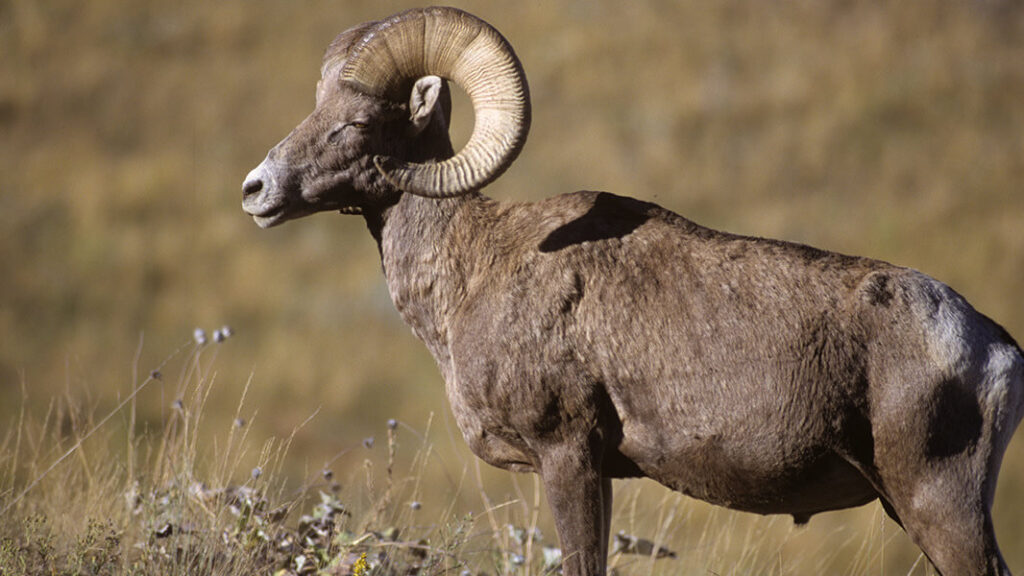
A domestic sheep is roughly 1.5 times larger than a bighorn. A Rocky Mountain Bighorn Sheep can weigh between 50 and 130 kilograms and is normally between 1.5 and 1.8 meters tall. Females (ewes) also have horns, albeit they are notably smaller and less curled than those on males (rams), who are known for having gigantic horns. Bighorns have rough coats that, depending on the season, can be anything from a deep brown with white at the hooves and muzzle to a greyish brown.
Their Nature
Bighorn Sheep are friendly animals that travel in groups of five to twenty. Typically, herds are divided into females with young and bachelor males. A clear social hierarchy and power structure exist within groups. A ram’s status among the herd is based on his size and the size of his horns. Males will engage in combat in order to maintain or claim their dominance or to win over a partner.
Their Place In Canada
The Bighorn Sheep can be found in Canada at sporadic locations in southern British Columbia and, more frequently, in western Alberta in the Canadian Rockies. They can be found as far south as Mexico’s Baja Peninsula, and their range extends into the American Rockies.
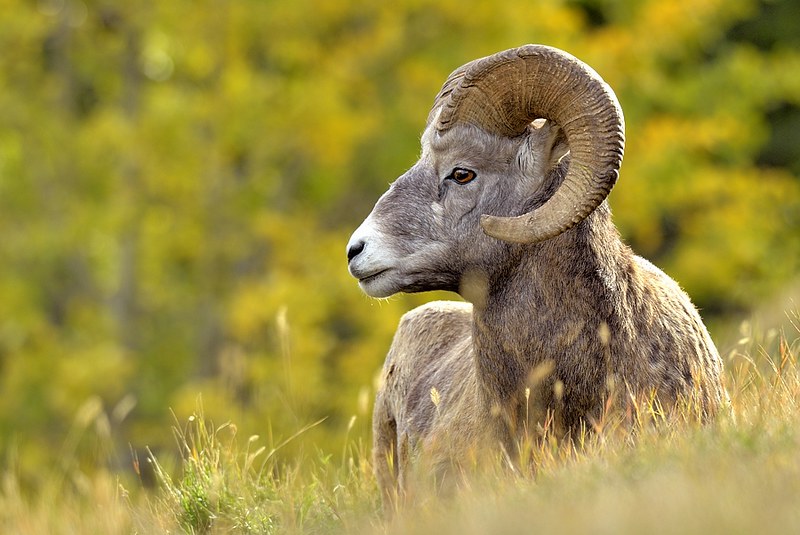
The optimal habitat for bighorn sheep is dry, rough, and full of low-lying grasses and herbs. In the winter, herds frequently travel great distances in search of locations with little snowfall.
In British Columbia, where there are just over 3,000 bighorn sheep, the herd is regarded as threatened in part because of human encroachment on their habitats. The Bighorn Sheep, however, is regarded as secure in Alberta, where it is the recognized provincial mammal. More than 11,000 of them live there, making up more than 15% of all Bighorn Sheep in North America.
Related post Top 10 National Parks in Canada That Are Every Wildlife Enthusiast’s Dream!
Interesting Facts About The Bighorn Sheep
- The number of necklines on a bighorn’s horns can be used by scientists to estimate its age.
- Bighorns have an extraordinary vision; they can detect activity more than a kilometer away!
- The horns stand in for the ram’s age. They are both a status symbol and a weapon.
- The ram’s age is one more horn segment than the number of horn segments counted in the fall.
- Their split, two-toed hooves aid in balance and grip.
- They extend from western US states down into Mexico and southern Canada.
- The weight of a ram’s horns is often greater than the sum of all of his other body parts.
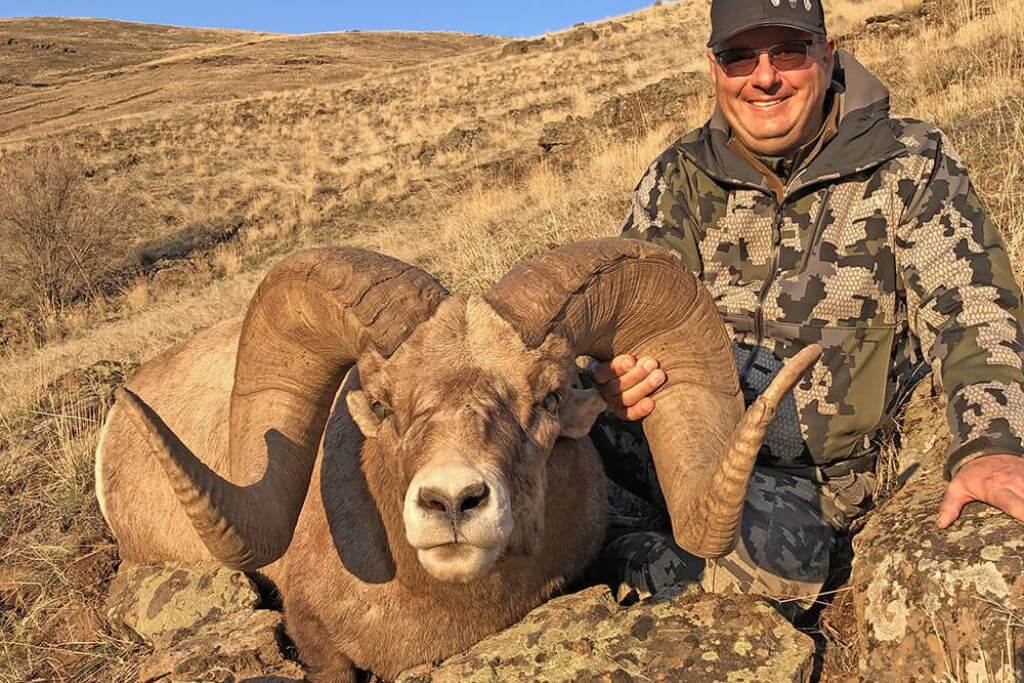
- They frequently inhabit rocky cliffs, bluffs, grassy mountain meadows, and alpine meadows. To avoid predators, they hide among cliffs and rocky areas.
- Scabies and pneumonia are just two illnesses that can affect bighorn sheep.
- Herbivorous bighorn sheep consume grasses, twigs, leaves, herbs, and bushes. They also like salt and mineral licks.
- Bighorns often chew their food more before swallowing it once more after subsequently regurgitating it.
- Bighorn rams engage in competitive head-butting during the rut season, or mating season, in November. They bump foreheads against one another while racing at 20 mph. Up to one mile distant, the boom can be heard.
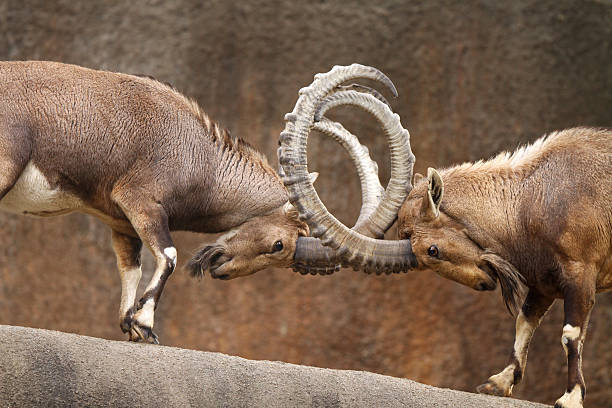
- Fighting is done for dominance or mate rights.
- Bighorn lambs normally give birth in the spring, between April and June.
- They blend seamlessly with the mountainside thanks to their gray-brown coats.
- Bighorn sheep live in sociable herds or bands of five to fifteen. Ewes and lambs usually coexist, while rams usually dwell alone in groups of two to five.
Maybe you don’t know Top 7 Wildlife Visitors Can Spot In Canada
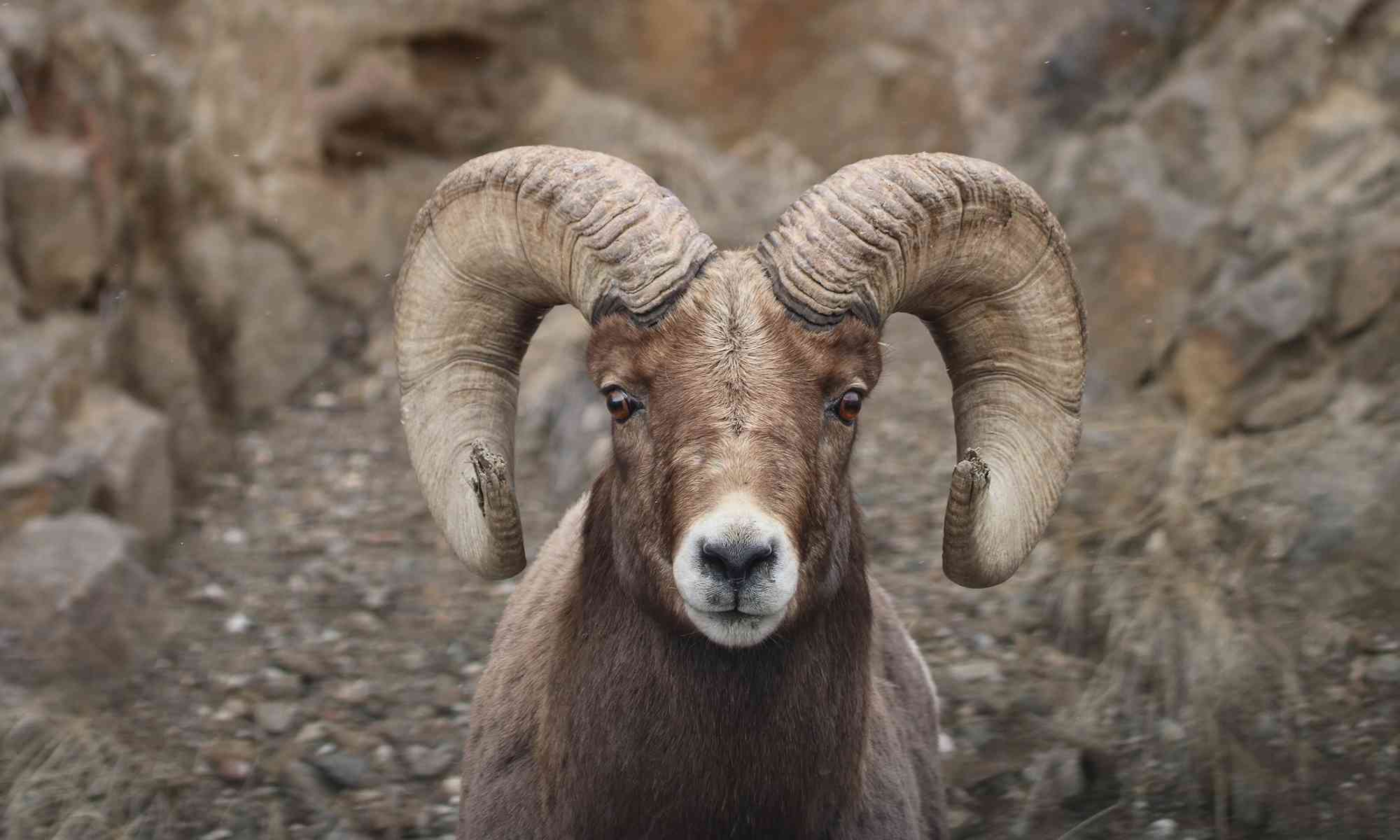
Thankyou for this post, I am a big big fan of this internet site would like to continue updated.
Awesome! Its genuinely remarkable post, I have got much clear idea regarding from this post
very informative articles or reviews at this time.
Pretty! This has been a really wonderful post. Many thanks for providing these details.
I truly appreciate your technique of writing a blog. I added it to my bookmark site list and will
I am truly thankful to the owner of this web site who has shared this fantastic piece of writing at at this place.
I just like the helpful information you provide in your articles
I just like the helpful information you provide in your articles
I very delighted to find this internet site on bing, just what I was searching for as well saved to fav
Great information shared.. really enjoyed reading this post thank you author for sharing this post .. appreciated
naturally like your web site however you need to take a look at the spelling on several of your posts. A number of them are rife with spelling problems and I find it very bothersome to tell the truth on the other hand I will surely come again again.
I truly appreciate your technique of writing a blog. I added it to my bookmark site list and will
Very well presented. Every quote was awesome and thanks for sharing the content. Keep sharing and keep motivating others.